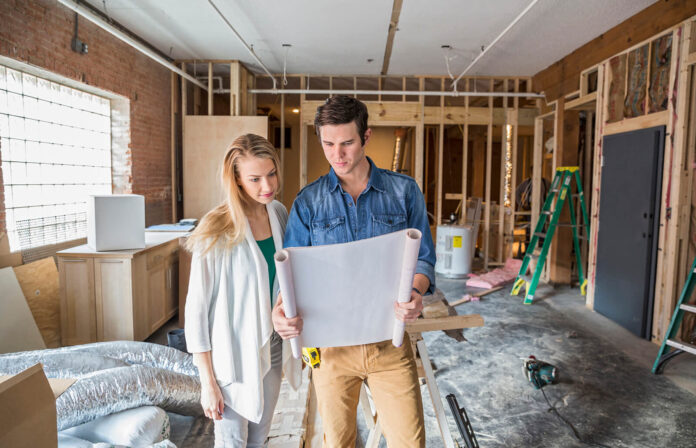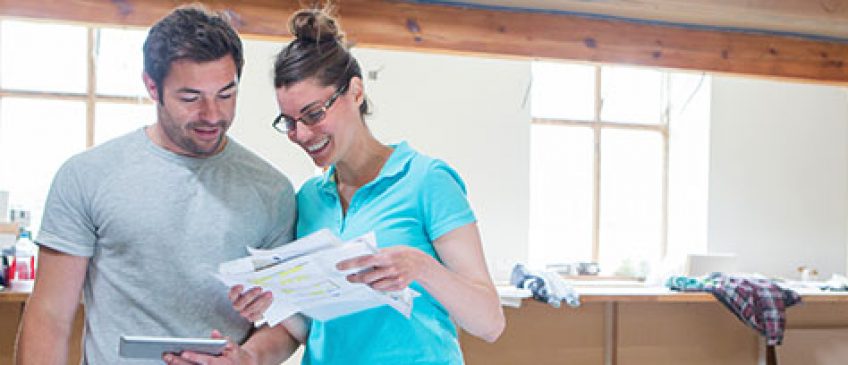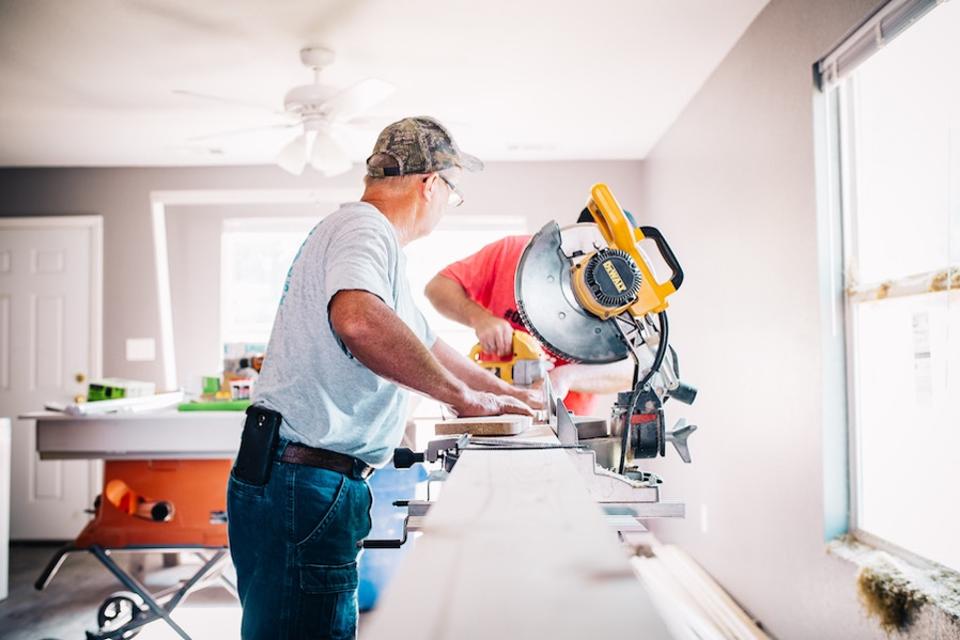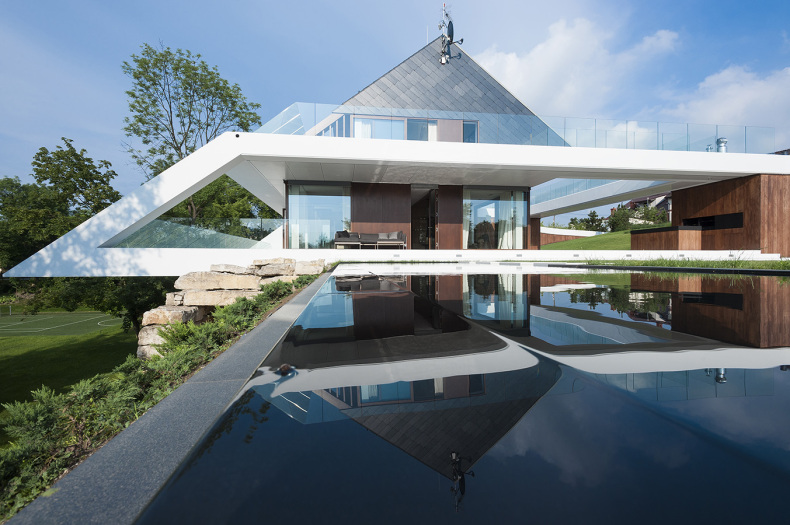Whether you’ve just moved into a new home or are looking to improve a house you’ve owned for a while, home improvement projects can feel overwhelming at first glance. What is even more overwhelming is the fact that there will often be a number of different projects that you feel you ought to be working on at the same time. Anyone can look around and see the number of things that have to be fixed, replaced, or simply spruced up, but with these tips you’ll be able to prioritize your home improvement projects simply and efficiently.
Assess Conditions
First thing’s first, you should take a step back and honestly assess the conditions of your house. Fixing or replacing parts of your home that affect the safety and energy efficiency of the building should be at the top of your list of home improvement projects, with structural issues such as roof repair and installation taking top priority. You may balk at the fact that these baseline repairs are often among the most expensive of your projects, but ignoring these issues when they are easily fixable will create major problems in your house in the long run.
Decide on Your Budget
If there are major safety, energy efficiency, or structural projects that need to be done, this step in particular can seem completely out of reach. Even if your desired home improvement projects are cosmetic in nature, paint, tile, and flooring can get expensive very quickly, and that’s before considering any new furniture or decor you would like in your updated space. Before setting your heart on a project, figure out how much you are willing to spend. There’s nothing worse than starting a project and being forced to quit halfway through or rack up massive debt.
Focus on One Project at a Time
It may be tempting to commit to completely redoing a room in your home that you have a complete vision for, but that way lies madness, stress, and a steadily climbing budget that will be difficult to disengage from. Instead, focus on your ideas one project at a time, breaking entire rooms into manageable chunks. Seemingly minor projects, such as upgrading fixtures or replacing moulding, can do a lot to spruce up your home without the major financial commitment of larger home improvement projects. And if you do decide to go back and commit to the larger projects, you will already have aspects of the finished look done, cutting down on the time and money you will have to spend in the future.
Create a Plan of Attack
Is your first home improvement project something that you can do on your own, or will you have to hire contractors or other professionals? How long will the project take? Are you willing to use precious vacation time to get it done, or will you be able to work around an in-progress home improvement project until it’s been completed on your off time? These are practical considerations that could be considered boring, but they are essential to get in order before you begin. And beyond the practical considerations, there are certain projects that should get priority simply because they would be easier to complete before others. For example, if you want to both replace the carpet in your living room and repaint the walls, repainting the walls first would allow you to get that project done without the stress of potentially ruining brand new flooring.
Don’t Get Distracted
Once you’ve decided on the project that you would like to prioritize, figured out your budget and plan of attack, and found any materials or contractors, your number one priority until the home improvement project is done should be that project. Getting distracted in the middle of a home improvement project is the easiest way to end up with a half-finished room that looks unprofessional and just plain ugly. If you feel your commitment flagging, remind yourself of why you wanted to complete this project in the first place: a house that is safe, energy efficient, and decorated beautifully.
While approaching home improvement projects can be overwhelming at first, especially if you are inexperienced in projects of this sort, planning and prioritizing your projects can take a great deal of the stress out of the process. The end result will be rooms within your house that are safe, energy efficient, and physically beautiful, the very definition of a dream home.




















